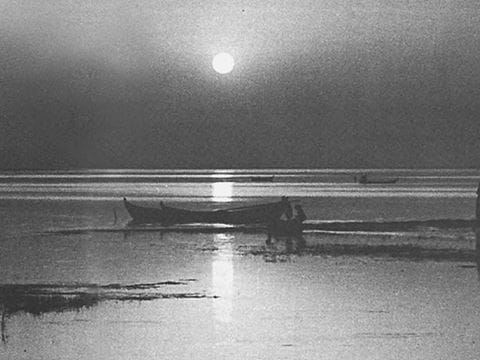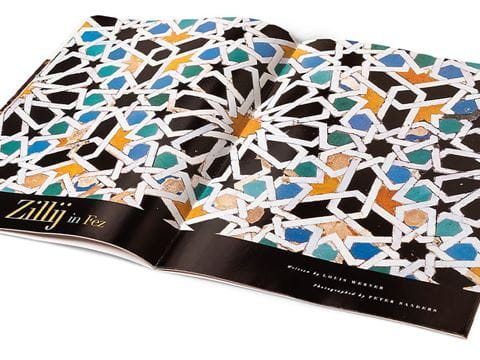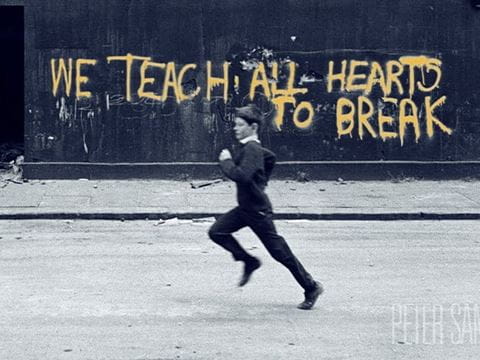
FirstLook: Hambori, Mali
I have many memories of road trips where the possibility of stopping for a casual photo was impossible. I’ve passed by landscapes, seascapes, storefronts, bazaars, people and events where I didn’t have the time to capture images.
I have many memories of road trips where the possibility of stopping for a casual photo was impossible. I’ve passed by landscapes, seascapes, storefronts, bazaars, people and events where I didn’t have the time to capture images. But this day, now 20 years ago, I didn’t let that happen. Writer Lou Werner and I were traveling through Hombori after completing our story for AramcoWorld on elephant conservation, on our way to our next assignment to the north in Gao, Mali. This meant buses, bush taxis and, this afternoon, hitchhiking. The mountain in the background of the photo is named The Hand of Fatima, and it served as the most beautiful backdrop for this part of our trip. Lou kept one eye on our baggage and another alert for our next ride, while I took about 10 minutes to wander into this open landscape. I wanted to make sure I photographed this place, where camels, goats and donkeys are shepherded by the Tuareg residents of the area. Minutes later we packed into a car with a man and his two sons, and thanks to him, we arrived in Gao by dusk.
—Kevin Bubriski
www.kevinbubriski.com
@kevinbubriski
You may also be interested in...

Discovering Life and Architecture in Iraqi Marshes
History
Arts
Amidst "the stillness of a world that never knew an engine... he found at last a life he longed to know and share.
Spotlight on Photography: Explore Moroccan Zellige (Zillij) Tilework in Fez With Peter Sanders
Arts
In patterns and refractions, the old city of Fez, Morocco, comes to life through the geometric tile works known as zillij. In 2001, AramcoWorld commissioned photographer Peter Sanders to tell the story of a family who for five generations has added new dimensions to art and architecture.
Peter Sander's Spiritual Photography
Arts
For more than 40 years, British photographer Peter Sanders has documented communities across the Islamic world. Sanders discusses his legacy with us, including his inspiration and influences over the course of his career.